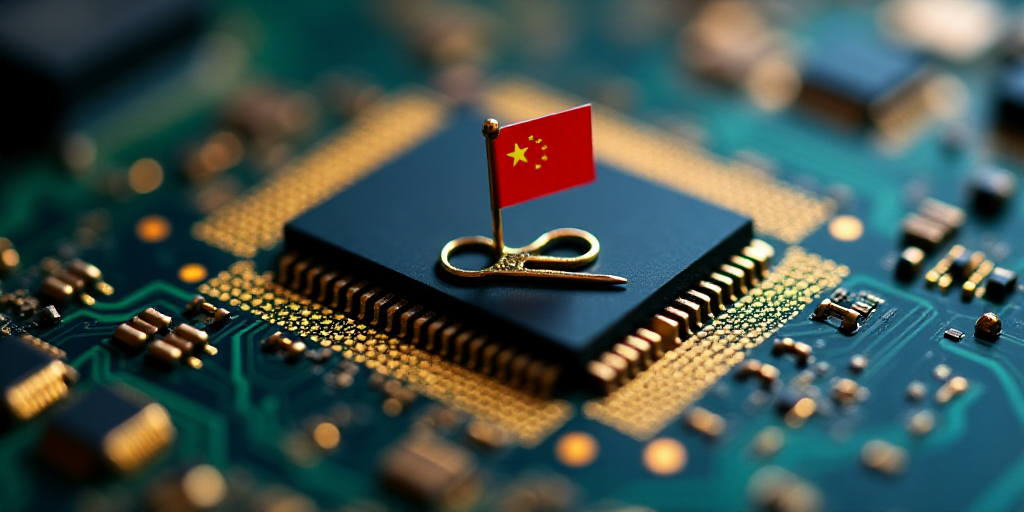Background on Key Players and Context
The diplomatic tension between the United States and China has recently surfaced in Mexico, specifically concerning semiconductors. The Chinese Embassy in Mexico expressed its “strong dissatisfaction and firm opposition” to statements made by the US interim charge d’affaires, Mark Johnson, during the Mexico-US Semiconductor Forum.
Who are the Key Players?
- China: A global superpower with significant influence in international affairs, including technology and trade. China has been investing heavily in semiconductor development to reduce its reliance on foreign technology.
- United States: Another global superpower, the US has been concerned about China’s growing technological prowess and seeks to maintain its dominance in critical sectors like semiconductors.
- Mexico: A strategic neighbor to the US, Mexico plays a crucial role in global supply chains and manufacturing. The US aims to leverage Mexico’s position to counter China’s influence.
Why is this Relevant?
Semiconductors are essential components in numerous electronic devices, from smartphones to automobiles. The global semiconductor shortage has highlighted the importance of these components, making them a focal point for geopolitical competition between the US and China.
The Incident at the Semiconductor Forum
During the Mexico-US Semiconductor Forum, Mark Johnson, the US interim charge d’affaires in Mexico, stated that “the United States will not tolerate dependence on critical technologies from China, such as semiconductors.” He urged Mexico to play a key role in this effort.
China’s Response
In a statement, the Chinese Embassy in Mexico accused the US of employing “geopolitical competition tactics” by attempting to use Mexico as a tool in industrial and supply chain chains. The embassy highlighted that the US has historically labeled other countries’ advancements in key sectors as “dependency” and resorted to intimidation tactics to preserve its monopoly.
The Chinese Embassy further emphasized its support for a “multipolar, equal, and orderly” world with inclusive globalization. They rejected “trade barriers” and “economic coercion,” urging the US to abandon a “zero-sum game” mentality and respect normal cooperation between countries.
Key Questions and Answers
- Q: What is the main issue between the US and China regarding semiconductors?
A: The primary concern is each country’s reliance on the other for critical semiconductor technologies, which has led to geopolitical tensions and competition.
- Q: Why is Mexico involved in this dispute?
A: Mexico’s strategic position in global supply chains makes it an attractive partner for both the US and China to exert influence over semiconductor production.
- Q: How did the Chinese Embassy respond to US pressure?
A: The Chinese Embassy expressed strong dissatisfaction and firm opposition to the US’s attempts to use Mexico as a tool in industrial and supply chain chains, advocating for normal cooperation between countries.
Conclusion
The recent diplomatic spat between the US and China over semiconductors in Mexico underscores the complex geopolitical dynamics at play. As both nations vie for technological dominance, smaller countries like Mexico find themselves at the center of this power struggle. The Chinese Embassy’s response highlights their commitment to a multipolar world and inclusive globalization, rejecting coercive tactics in favor of normal cooperation between nations.






